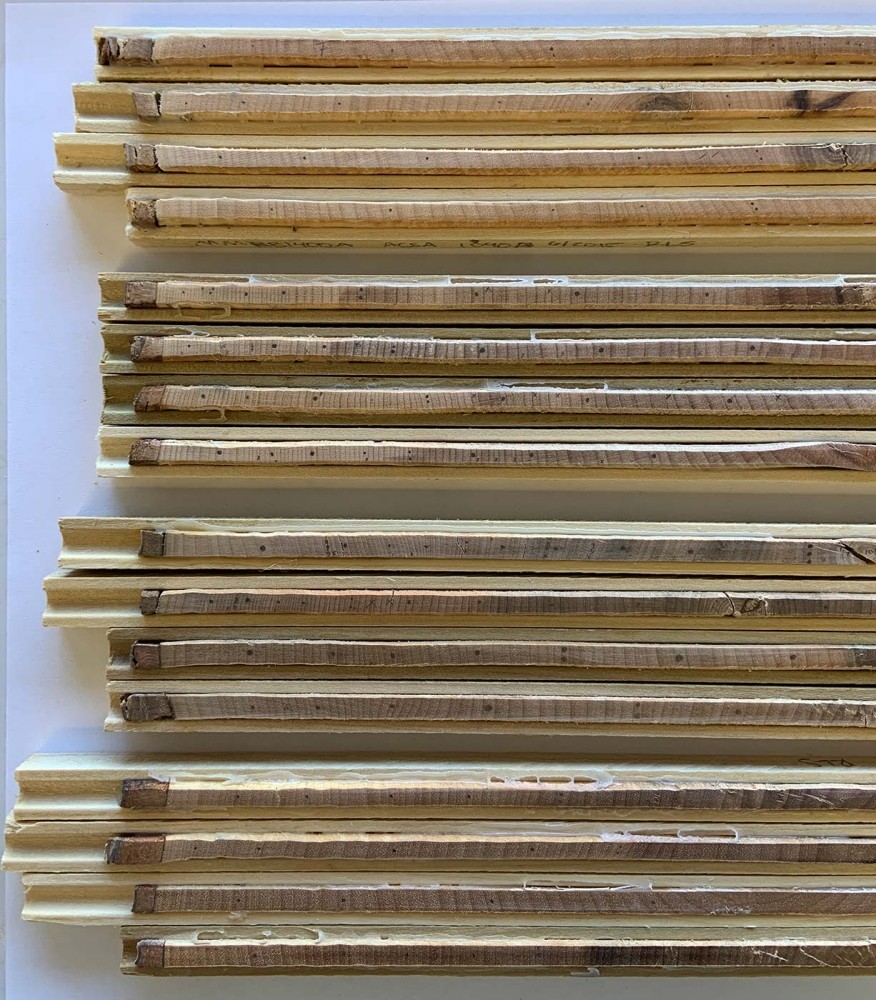
Moisture is a major factor encouraging the growth of northern hardwood trees, but timing is just as important as volume. New research from University of Vermont and the U.S. Forest Service has confirmed previous studies showing that trees are particularly sensitive to moisture conditions during the winter.
The researchers, led by doctoral student Rebecca Stern, measured the rings of 690 sugar maple, yellow birch, American beech, and red maple trees across 45 locations in Vermont. They compared growth rings to regional temperature and precipitation trends as well as air pollution data.
Annual growth of the trees, the oldest a yellow birch of 140 years, increased as the stands developed into mature forest, but leveled off beginning around 1980.
Yellow birch appeared to be the most sensitive to air pollution. Yellow birch, sugar maple, and beech were sensitive to high temperatures. For all trees, annual growth tracked closely with moisture in both the present and previous summer. With enough moisture in one growing season, trees can store up carbohydrates that fuel growth early in the next season – as long as summer is not too hot.
Precipitation in early winter is equally if not more important, according to the researchers. They found significant correlations between the growth of yellow birch, beech, and sugar maple and moisture levels in December. All four species in the study exhibited a positive correlation between growth and snowfall or the duration of snow cover.
As noted in article by the team in the November 2022 issue of Journal of Forest Research, “Positive correlations with snow data were among the most consistent factors associated with growth across the species.” One of the reasons for this appears to be the way that snow insulates the ground and protects roots from exposure to freezing temperatures. A lack of snow, conversely, can lead to root freezing injuries that can be detrimental to above ground growth.
Climate models suggest continued changes in the pattern of when precipitation falls and which form it takes. A future that looks very different from when mature trees began their lives more than a century ago, with more rain and less snow in winter and less rain in summer, could mean hard times for the northern hardwood forest.

